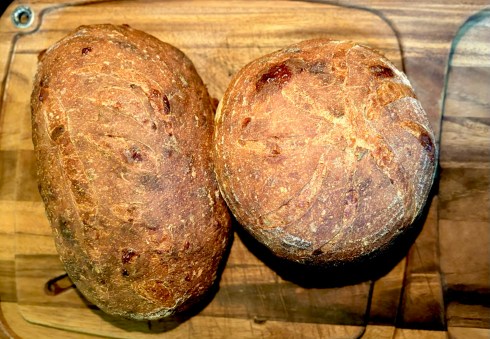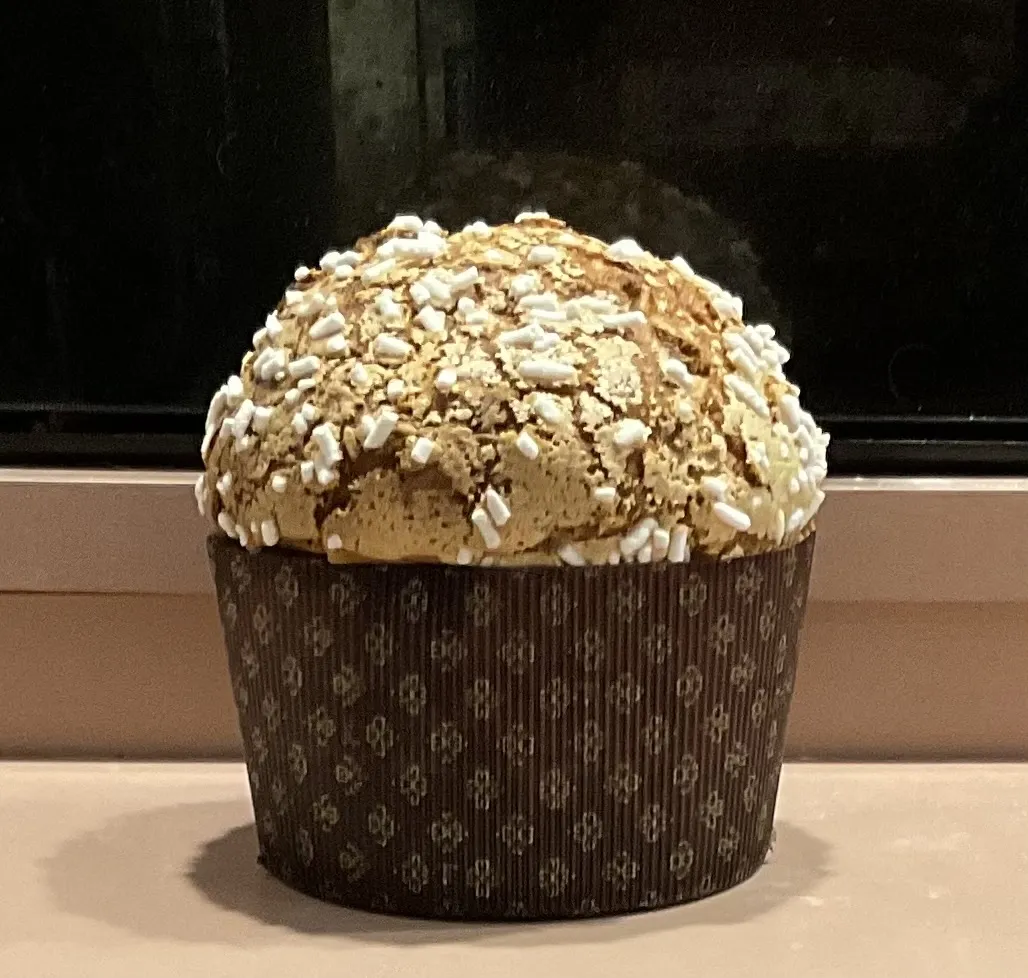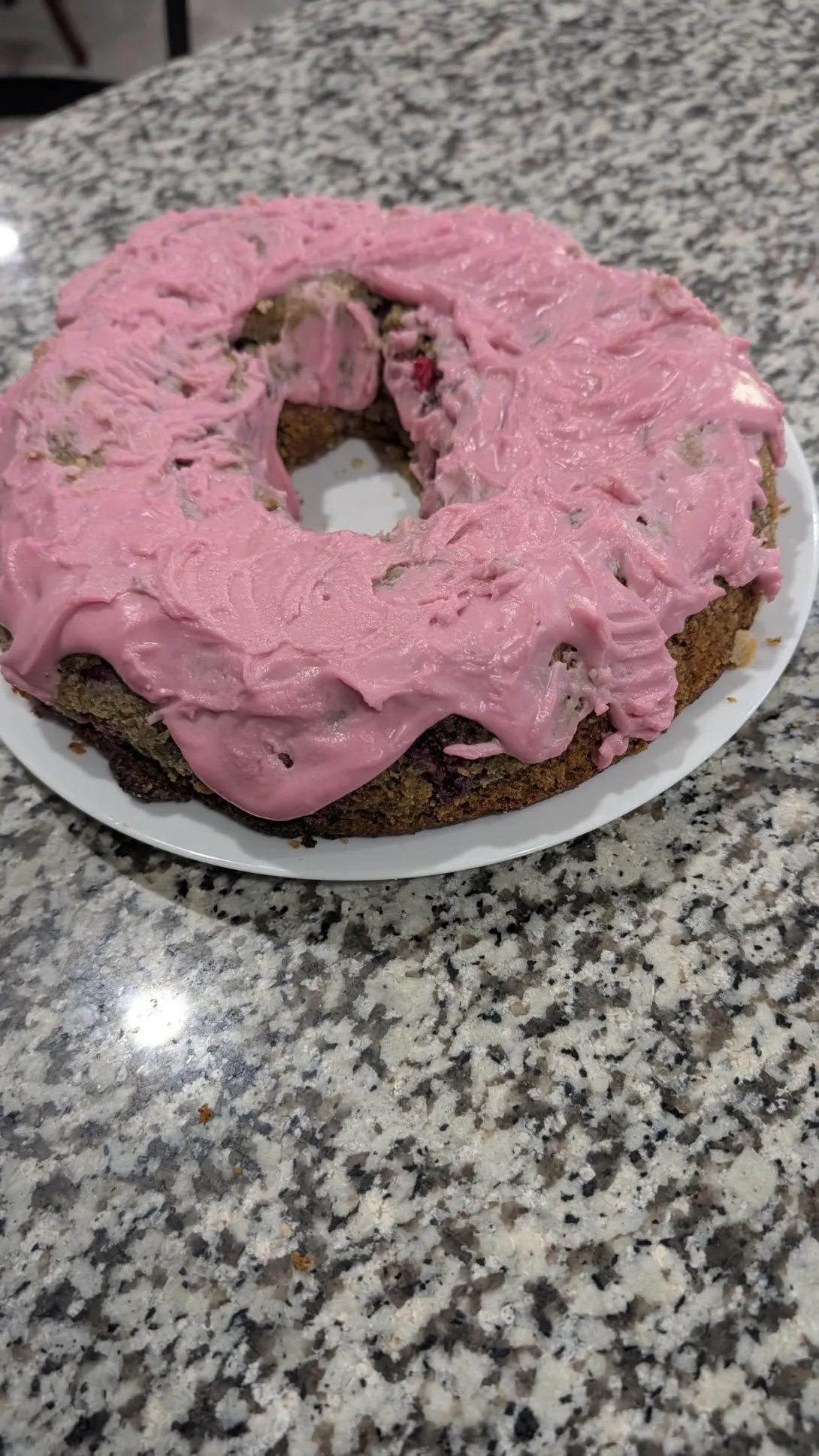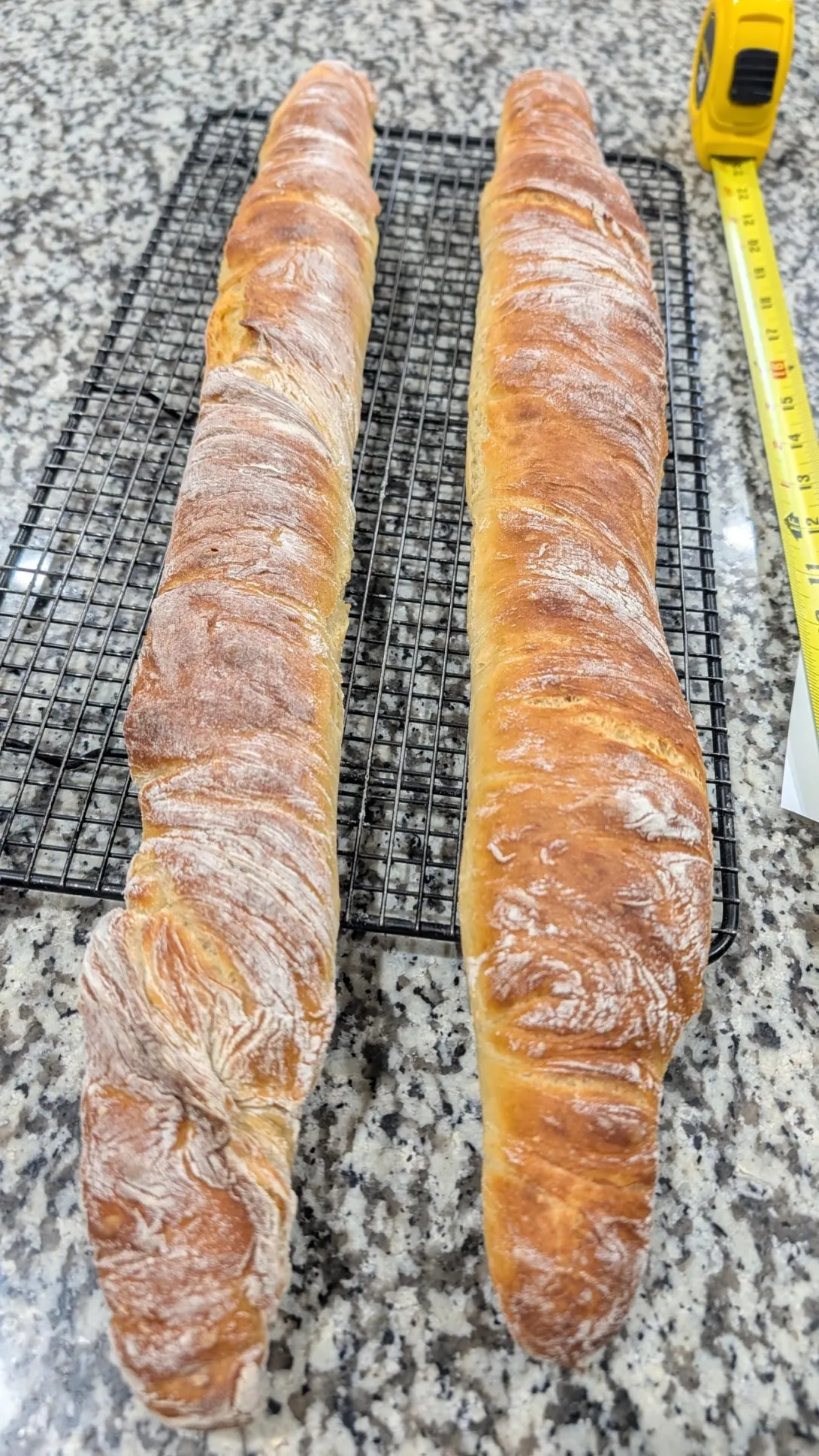Pandoro

I attempted pandoro for new year's and am quite proud of the result! Very similar process to panettone (lievito madre, 2 doughs, obscene amounts of egg yolks and butter). The crumb is tighter than panettone and it doesn't have the same riot of flavors and ingredients (no candied fruit or raisins or chocolate, for example). But there's something more elegant about its simplicity? It's like a very nice brioche, but with that beguiling texture of these long-fermented dessert breads (soft but toothsome). I made a 1kg batch and split it between 2 500g star-shaped molds.
- Log in or register to post comments
- 2 comments
- View post
- Thejoeybird's Blog









